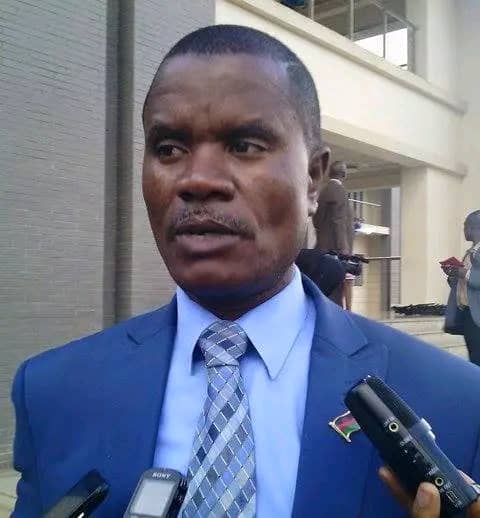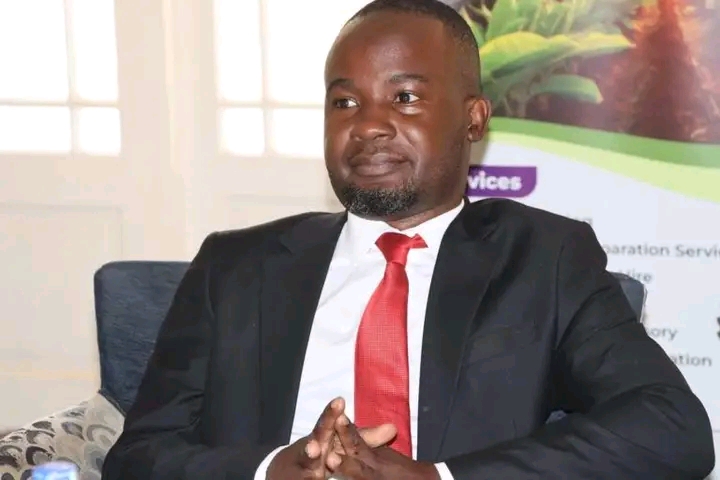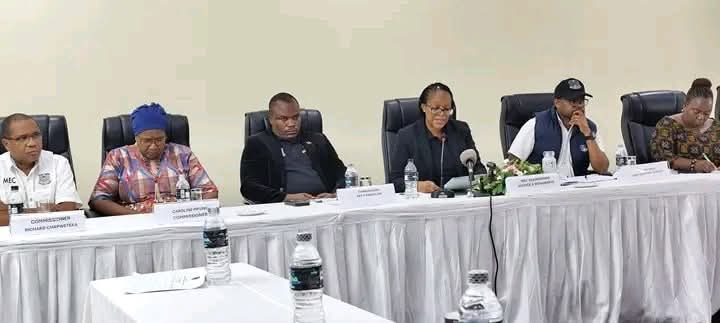By Twink Jones Gadama
As the southern African region braces itself for the impact of Tropical Storm Dikeledi, many have wondered how cyclones get their names. The naming of cyclones is a fascinating process that involves a combination of science, history, and international cooperation.
The practice of naming cyclones dates back to the early 20th century, when storms were identified using a phonetic alphabet (Able, Baker, Charlie, etc.). However, this system proved to be cumbersome and prone to errors. In the 1950s, the National Hurricane Center (NHC) in the United States began using female names to identify storms. The use of female names was later expanded to include male names, and the list of names was standardized.
Today, the World Meteorological Organization (WMO) is responsible for maintaining the list of names for cyclones globally. The WMO uses a predetermined list of names that are assigned to storms in alphabetical order. The list of names is recycled every six years, with the exception of those names that are retired due to the severity of the damage caused by the storm.
The naming of cyclones in the southwest Indian Ocean, which affects countries such as Madagascar, Mozambique, and Malawi, is coordinated by the Regional Specialized Meteorological Centre (RSMC) in Réunion, France. The RSMC uses a list of names that are submitted by member countries of the WMO.
The process of naming a cyclone involves several steps. First, the RSMC monitors the development of a tropical disturbance in the Indian Ocean. If the disturbance strengthens into a tropical cyclone, the RSMC assigns a name from the predetermined list. The name is then communicated to member countries and other stakeholders, including meteorological agencies, disaster management authorities, and the media.
The use of names for cyclones serves several purposes. Firstly, it helps to identify individual storms and distinguish them from other weather systems. Secondly, it raises awareness of the storm and its potential impact, enabling people to take necessary precautions. Finally, it provides a convenient way to communicate information about the storm to the public and other stakeholders.
In recent years, the southwest Indian Ocean has experienced several severe cyclones, including Cyclone Idai, which caused widespread destruction and loss of life in Mozambique, Zimbabwe, and Malawi in 2019. More recently, Cyclone Freddy brought heavy rainfall and strong winds to Madagascar, Mozambique, and Malawi, causing significant damage and displacement.
As the region prepares for the impact of Tropical Storm Dikeledi, the importance of effective communication and preparedness cannot be overstated. The naming of cyclones plays a critical role in this process, enabling people to take necessary precautions and stay informed about the storm’s progress.
In conclusion, the naming of cyclones is a complex process that involves science, history, and international cooperation. By understanding the process behind cyclone naming, we can better appreciate the importance of effective communication and preparedness in the face of severe weather events.



